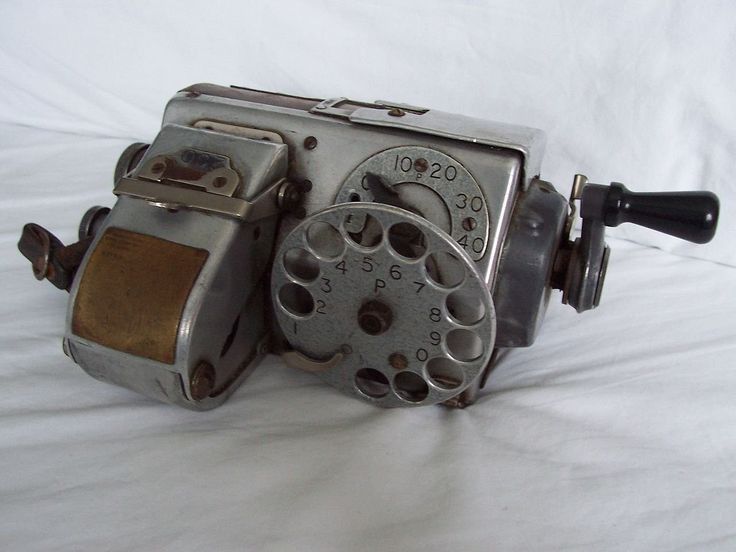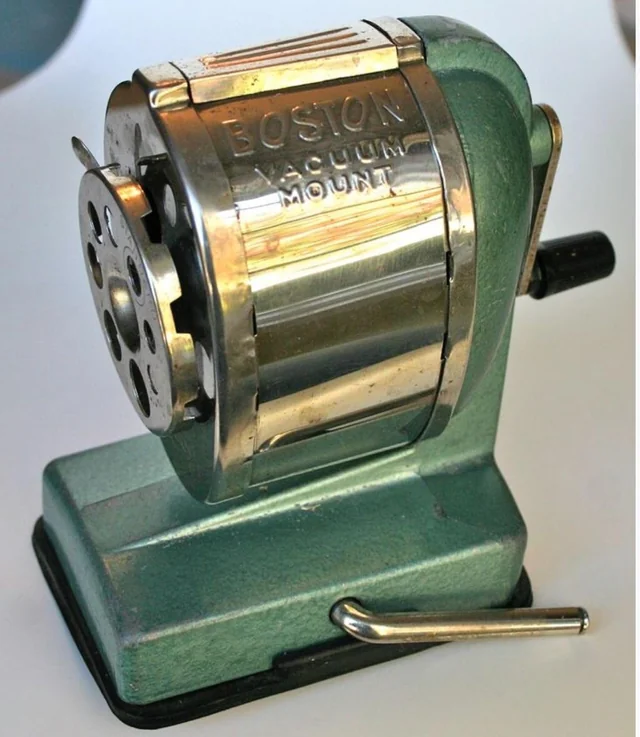When was the last time you picked up a pencil? Perhaps you were sketching out a quick idea, solving a crossword, or marking a piece of wood for your next DIY project. For many, the humble pencil evokes memories of childhood—snapping the tip just to escape to the classroom sharpener and hang out with friends. But beyond the classroom, pencils hold a fascinating history, one tightly linked to the evolution of the pencil sharpener itself.
The pencil sharpener, an indispensable companion to the pencil, has a story that weaves through centuries of innovation. From hand-carved tips to the sleek electric sharpeners of today, pencil sharpening has gone through an impressive transformation. So, let’s embark on a journey through the history, evolution, and modern innovations of pencil sharpeners.
A History of Pencil Sharpening: From Knives to Precision Tools

In the early days, pencils were sharpened using a simple knife. Whittling down the wood and graphite was an art in itself, but it was time-consuming and often inconsistent. The desire for a more efficient method led to the invention of the first mechanical pencil sharpener in 1828 by French mathematician Bernard Lassimone. His Taille Crayon was designed to make pencil sharpening safer and more precise, though it was far from the quick and easy tool we recognize today.
A decade later, British innovators joined the sharpening race with the Patent Pencil Pointer, a device that used angled files to grind down the pencil tip. While still cumbersome by today’s standards, these early inventions paved the way for further developments in pencil sharpener technology.
The Love Sharpener and the Planetary Pencil Pointer
Fast forward to 1896, when American inventor A.B. Dick introduced the Planetary Pencil Pointer. This was the first sharpener with a mounted holder and rotating disks, allowing the user to crank the handle while the pencil tip was perfectly sharpened. This design not only made sharpening more efficient but also set the stage for the crank-style sharpeners that became ubiquitous in classrooms around the world.
Around the same time, John Lee Love, a carpenter, created a portable, hand-cranked sharpener with an attached shavings container, known as the Love Sharpener. This design was particularly appealing for its portability and mess-free functionality, allowing users to carry a sharpener that doubled as a paperweight and a desk ornament. Love’s invention was a game-changer in accessibility, making it easy for anyone to sharpen pencils on the go.
Electric Sharpeners and the Leap into the 20th Century
By the early 20th century, pencil sharpeners had become more refined and efficient. In 1904, the Olcott Climax Pencil Sharpener emerged, featuring a cylindrical cutter that improved both speed and precision. With a simple crank of the handle, the Climax could peel off fine shavings, revealing a perfect tip with minimal effort. This was the era when sharpeners began to look like the familiar heavy-duty tools we remember from our school days.
Then, in 1917, electric sharpeners made their debut, bringing a level of convenience and efficiency that changed the game. These devices, first commercially produced by Farnham Printing & Stationery Co., were initially seen as luxury items, reserved for those with a taste for the avant-garde. However, as they became more affordable, electric sharpeners found their way into offices and schools, becoming symbols of modernity in the workplace.
Types of Pencil Sharpeners: A Brief Overview

Throughout the history of pencil sharpening, three main types of sharpeners have emerged, each with unique mechanisms:
- Abrading Machines: These use sandpaper or other abrasive materials to wear down the pencil tip, giving it a rougher, rustic finish.
- Milling Cutters: Featuring rotating blades or disks, these sharpeners grind down the wood and graphite, offering a quick and precise sharpening.
- Blade-Based Sharpeners: The most common type, these sharpeners use single or multiple blades to slice through the wood, revealing the graphite core.
These methods persist today, even as technological advancements have refined their designs. The choice of sharpener type often depends on the specific needs of the user, whether they seek precision, speed, or simply a reliable tool for daily use.
21st Century Innovations: The Revival of Pencil Sharpening Tools
In recent years, a renewed appreciation for high-quality, artisanal tools has sparked a pencil sharpener renaissance. Brands like Brahman Design have reimagined the sharpener with products like the Høvel, a sleek brass pencil plane inspired by traditional whittling. The Høvel’s minimalist design allows users to carve out their desired pencil tip shape, bringing back the tactile experience of sharpening with a knife but with greater control and sophistication.

Caran d’Ache, a century-old Swiss company known for luxury writing instruments, has also joined the revival. Their pencil peeler, which resembles a miniature potato peeler, offers artists and craftsmen a precision tool for shaping softer pencil cores. With a stylish aluminum frame and ergonomic grip, the Caran d’Ache pencil peeler is designed to be both functional and visually pleasing, catering to those who value aesthetics in their tools.
The Caran d’Ache Pencil Sharpening Machine: A Masterpiece of Engineering
Among Caran d’Ache’s offerings, their limited-edition Brut Rosé Lacquer Finish Pencil Sharpener stands as a testament to precision engineering and luxury design. This machine, capable of sharpening both hexagonal and round pencils, features an adjustable length setting and a large shavings container. Crafted to reflect the meticulous detail of Swiss engineering, the Brut Rosé edition celebrates the artistry of pencil sharpening with a nod to its industrial roots.
This machine is not just about function but style, encapsulating the fusion of form and function. With only 4,478 pieces produced—an homage to the altitude of Switzerland’s Matterhorn—the Brut Rosé sharpener is a collector’s item for those who appreciate the finer things in life, even in their choice of stationery.
Why Pencil Sharpeners Still Matter Today

Despite the digital age, pencils—and their trusty sharpeners—remain relevant. For artists, writers, architects, and even schoolchildren, pencils provide a sense of connection to the tactile world. The process of sharpening a pencil, whether with a vintage crank model or a state-of-the-art peeler, offers a moment of simple satisfaction. In a world dominated by screens and digital input, the humble pencil sharpener represents a return to hands-on craftsmanship and an appreciation for physical tools.
Conclusion: The Legacy of the Pencil Sharpener
The pencil sharpener may seem like a mundane tool, but it’s one that has stood the test of time, adapting to the changing needs of each era. From early knife whittling to electric innovations, and now to luxurious, precision-crafted devices, sharpeners have evolved in fascinating ways. Today, they are more than just functional; they are statements of style and craftsmanship, symbols of a simpler, more tactile time.
As we continue to value high-quality tools and artisanal design, the pencil sharpener will no doubt maintain its place on our desks. For those who still reach for a pencil over a stylus or keyboard, the act of sharpening is a small yet meaningful ritual—a reminder of the joy found in life’s simple pleasures.


